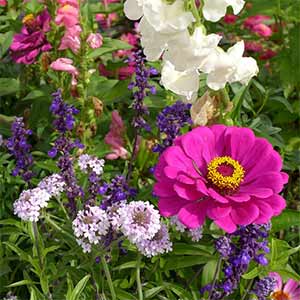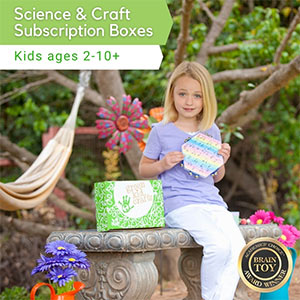How to Create a Butterfly Garden

With pollinators in a serious decline, it is more important than ever for people to take part in their conservation. One of the most rewarding ways to do this is by creating butterfly habitat in your own garden. Follow these steps to get you started:
Location, Location, Location
You can plant a garden anywhere (backyard, front steps, raised deck) and a pollinator will benefit from it. But if your intent is to create a butterfly sanctuary that attracts many species and allows them to grow and multiply, you'll want to choose a location with the following conditions:
SUN
There should be a part of the garden that gets at least 5-6 hours of full sunlight each day. Since butterflies are cold-blooded, they seek out warmth first thing in the morning. You can include large rocks that will warm quickly in the sun to provide a nice warming spot for them to start their day.
SHELTER
Although you don't want a shady garden, carefully placed trees and shrubs will provide necessary shelter from wind. They also provide a place for butterflies to roost at night or to hide from predators.
Many trees and shrubs are also food sources for caterpillars. Another option for roosting is to place butterfly houses in your garden. Some people love them, some say they don't work. But they look pretty, so it's worth a try! Click here to learn more about the butterfly house debate.
WATER
Butterflies get their necessary water from nectar, dew and tree sap, but puddling stations can also be beneficial. You can create a butterfly puddling station by filling a shallow dish with sand or gravel and bury it to the rim in your garden where there is sun and protection from wind. Fill it with water so that it's damp but not pooling. Butterflies will use this "puddle" in the hottest part of the day. Butterflies actually look for salt in these puddles, so if you want to make it a delicacy, sprinkle it with a small amount of salt. Better yet, use sand from a beach, which already contains salt! There is also a beautiful puddle stone on Amazon here.
PESTICIDE-FREE
Butterflies are very sensitive to pesticides, so be sure to choose a location that is not near any areas that are treated by you, a neighbor, or your municipality.
Learn how to garden organically >
Get to Know Your Soil
Before you can choose your plants, you need to become friends with your soil. Most butterfly plants thrive in soil that drains well and is rich in organic matter. Adding compost will boost the soil structure and add the nutrients necessary for plants to thrive. A standard practice is to add 3" of compost to the top of your soil and mix it into about the top 8" of soil.
If your soil is particulary difficult to balance, consider a raised bed garden. Greenes Fence Company has some great quality raised garden kits here.
To optimize the flowering potential of your butterfly plants, use a balanced fertilizer in your newly composted soil. Our readers have said they like Jack's Classic Blossom Booster from Amazon.
Plant Selection
If possible, choose native plants for your garden, as they tend to be the most hardy and are naturally occuring for the butterfly species that inhabit your region. A wonderful tool for the United States can be found by clicking here.Otherwise, your local nursery can help you determine which plants are native to your location.
There are two types of plants you'll need to keep in mind. There are plants that provide nectar to butterflies and there are plants that provide food for caterpillars. The best butterfly gardens provide both of these so that butterflies will come to your garden to feed, lay eggs and grow new generations.
There are many types of plants that will provide nectar to butterflies. Many garden centers will include this information on plant tags, so you can look for "butterfly friendly" or similar on them. Don't expect these to be caterpillar-friendly, however. In order for butterflies to lay eggs in your garden, you must have plants that local caterpillars will eat. We have a few resources for you to help you choose:
Butterfly Plant List
Butterfly Plants for Sunny Gardens
Butterfly Plants for Shady Gardens
Butterfly Plants for the Seashore
Butterfly Herb Gardens
Marigold Varieties
Phlox Species
MONARCHS
Monarch population numbers overall have declined in recent years as their critical overwintering habitat in Mexico and California has been threatened by loss of milkweed breeding habitat, pesticide use, climate change and logging at overwintering sites. Scientists have said that numbers in the East have declined by about 80% and about 99.4% in the West. This is why it is so important for citizens to take part in their conservation by planting milkweed. Monarch caterpillars are completely dependent on milkweed plants. The Xerces Society has put together a wonderful list of nectar and food plants that are best for monarchs, which you can download by clicking here.
Here are some links to purchasing seeds and plants that will increase your backyard butterfly population! The dynamic duo of milkweed and butterfly bushes, will help you get there!
Butterfly Bush Seeds
Butterfly Bushes
Milkweed Seeds
Milkweed Plants
Butterfly Gardening Books
There are several books that prove very helpful when planning your butterfly garden:
Want more? Check out our article on Converting a Traditional Yard to a Wildlife Habitat.





